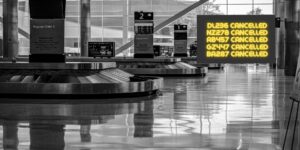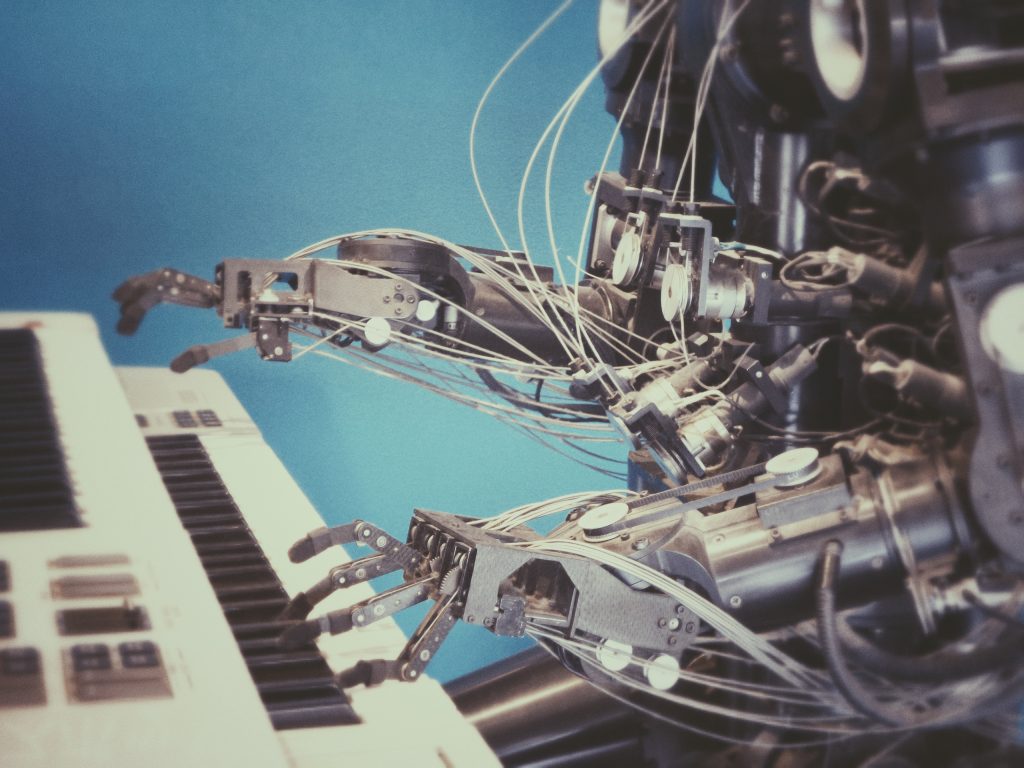
If you cannot find the answer to your question, please get in touch. We are always happy to help.

Will there still be pilot career paths in twenty years? Great question. So before we go on, for all those burgeoning pilots in flying schools and airline cadetship around the world, the answer it is a resounding yes. The landscape of your career may not, in fact, will not, look the same but that in itself is exciting isn’t it?
I was discussing the topic of pilot career paths on Linkedin recently with a former Aircraft Technician who was yelling at me, which looked like loads and loads of exclamation points. His take, that their would be no need for pilots in 20 years, and that I/ we the industry should not be encouraging people into this career.
No matter the moderate responses I gave and the considered facts around Boeing and Airbus pilot numbers projections. “Estimates suggest that 790,000 more pilots will be required globally over the next 20 years with around one third of them in the Asia Pacific.” Or, “the general public being slow to take on driverless anything.” I sited driverless cars making an entrance in 2009 yet in 2019 they are still not a commodity for general public road use. He railed aggressively against any form of ‘discussion’ and then, well then, he brought Trump into it, so, he lost me.
It did however spark more investigation into the burgeoning technology of AI and how it will change the landscape of the pilot career and passenger experience. So I went to those on the forefront and asked them, I went to the Design Engineers who could offer add hands on perspective.
I came into this research with the assumption that pilotless aircraft will become the norm for some forms of flight, however that it will not fully replace the human factor requirement for at least twenty years plus and that passengers buy-in may well take even longer.
We already have single crew cockpits for freight transport, we already have remotely piloted military drones and military Zero man/1 man hybrids in planning. They have a cockpit but can make it unmanned or manned depending on mission/tasks. Further back, the need for an engineer on every flight was made redundant as technology reduced the risk factors
So this is the way we are heading, of that there is no doubt.
To that end my sources offered me this wonderful quote that provided an excellent starting point to this discussion:
There are 7 stages of Human – Robot/AI Replacement
In 2019 we appear to be fluctuating somewhere between 3 and 5, depending upon the industry.
This is also not just about the technological advances taking over pilot careers, even if the technology is ready and tested and faultless, that in and of itself is not the only deciding factor. There are multiple considerations:
Commercial Operations and Profitability. There is no more global an industry than running an airline. Which means their fiscal responsibility is to ensure that aircraft fly for maximum profit. This will require global methods of regulation to ensure AI advances in aircraft operate safely and play by the rules. On the other hand profitability means business must take advantage of any area where they can reduce costs, having less flight crew is one of these cost factors. This is a constant in an open commerce society.
Training, Retraining and Restructuring. We have sadly seen with the 737 Max, that pilot training was not in sync with the new technology of the aircraft. There was a gap between what the manufacturers/engineers knew and built in and what the pilots knew. Our current training for engineers will decide on the engineering managers of 20 year’s time. Engineering training regimes have been watered down to be more efficient but less flexible so that implies an impact on our ability long-term to find suitably qualified people.
People can’t evolve faster than technology so technology will also have to adapt to us. Virtual training is here now and nowhere more-so than in simulator training for pilots and cabin crew. But can simulators 100% replicate rain and extreme weather conditions or frightened passengers and their reactions. It is really close but it cannot replicate the ‘human emotional response’ in reaction to events, as in the back of the mind, in a sim, everyone knows there will be no crash. So it is these anomalies where virtual reality/simulator training is behind and the human experience factor still needs to fill. To paraphrase Capt. Sully “Whilst humans are the least predictable of the safety system, they are also the most resilient and adaptable.” “We must ensure that humans are always in complete control of the aircraft and it’s flightpath.”
Politics. Nothing can really provoke a government leader to change his/her dinner plans like a disaster and planes crashing are instant disaster stories. They are becoming more rare but as soon as one happens every government gets asked – can it happen here? If the answer is yes then a change is just around the corner. Either more regulation or a new design specificiation, or both.
The green lobby will be asking for quieter, more efficient aircraft and pushing for alternative fuels. An electric Wide Body Jet is not really feasible but what about a liquid hydrogen gas turbine? That only emits water vapour or a Scram Jet that does 7 times the speed of sound but with, again, only rain drops as the waste product.
Passenger conceptual buy-in. More emphasis will be placed on deciding on where the Human-AI interface boundary will be driven by profit and safety. If people don’t want to be flown by a computer there is no profit in it and safety is usually a hindrance to profit. This will require a long-term education based marketing strategy to ensure the passengers feel (not understand – but feel) that safety is not compromised by changing the division of workload between both entities, public opinion takes time to change.
Keeping you informed on opportunities, new airline intel, tips and tools for your next airline interview
Safety/Risk Management and Testing. The speed of decisions, reliability and hence availability will be pushed up by AI as it collects and collates data that will drive improvements in both reliability and risk management. Planes will be able to fly more and be maintained less.
Aircraft already have the ability to communicate complex faults from the aircraft through the levels of aircraft management and to the design organisation. A fully realised global network of information and resource management with decisions being AI/machine led through exploiting data is not far off.
AI analysis of data can improve the outcomes for our emotion based human judgements, so data will go beyond just technical events. How many times does a pilot miss judge a landing? Why do they miss it? And how do we make it not happen again? How do we design the cockpit and instruments to stop the miss judgement? Can we apply additional tech/AI to support the pilot and make him/her less likely to misjudge?
We have just scratched the surface of the much larger complex safety / risk / human-factors / AI discussion. In fact I did not realise the enormity of this topic until now. There is a lot to take in. All we can do is look at the way in which our world traditionally progresses, take the lessons of the past around how human beings evolve and interact with technology and apply them to our current state and make educated projections.
It will take many years to re-educate the general public on accepting less human interaction (single pilot cockpits), cultural change is hard to predict. However, the aircraft being built today are also constricted by current laws, so evidence needs to be developed before they change and we need to consider how long any one aircraft type remains in service. If this type of change goes too fast it gets rejected as being incomprehensible to the user, be it the provider of the service (Airline), or user of the service (Passenger). Too slow is not really a problem since in a free market the competitive edge is always pushing new ideas forward.
Pilots and aircraft engineers will naturally see their roles change and need to prepare for retraining and further education to become even more regular as technology advances. In the end, it rests with us to accept that we must evolve along with the technology to remain current and relevant in our ever-changing careers.
_______________________________________________________________________
Kirsty is a feature contributor to Australian Aviation Magazine, Aeortime.aero and Aviation Job Search.
Kirsty’s blog on communication and careers is widely read by over 23,000 first connection members on LinkedIn, Facebook and www.pinstripesolutions.com
Kirsty’s first book “The Albino Chameleon – Building The Story of You” will be available in the second half of 2019. Pre-order now at either:
www.thealbinochameleon.com
www.kirstyanneferguson.com
Kirsty has lectured at Sydney University and Griffith University and at the Emerging Leaders Forum for Women In Aviation on careers, communication, aviation and self-confidence.
You can listen to Kirsty on the iTunes favourite “Go All In” podcast and “Australian Aviation Radio”.
Share on: